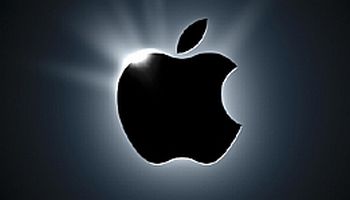Patents Reveal Apple’s Fuel Cell Research

Patents published by the US Patent and Trademark Office detail Apple’s plans to make cheaper, lighter fuel cells
Two patent applications published this week by the US Patent and Trademark office (USPTO) have revealed details of Apple’s internal development of fuel cells to power portable electronic devices.
The applications were first filed in 2010 and demonstrate a new concept designed by Apple for hydrogen fuel cells which should make them cheaper and lighter to produce.
Green Apple
 Fuel cells create electrical power by converting a fuel such as hydrogen into an electric current, but cells produce low voltages ranging between 0.5 and 0.7 volts which means that multiple fuel cells must be arranged in a stack. However a stack’s reliability decreases as its size increases, while the necessity to use a conductive and corrosion-resistant metal such as stainless steel means that they can make a device which is too heavy to have any practical use.
Fuel cells create electrical power by converting a fuel such as hydrogen into an electric current, but cells produce low voltages ranging between 0.5 and 0.7 volts which means that multiple fuel cells must be arranged in a stack. However a stack’s reliability decreases as its size increases, while the necessity to use a conductive and corrosion-resistant metal such as stainless steel means that they can make a device which is too heavy to have any practical use.
The patents filed by Apple hope to rectify these faults by improving the reliability and reducing the weight of the cells but would still be even more powerful than a traditional stack of the same size.
The first patent application, “Parallel Fuel Stack Architecture”, details how Apple would arrange a stack of fuel cells in a parallel configuration which would increase its reliability and provide the ability to power devices with higher voltages.
The second, called “Reduced-Weight Fuel Cell Plate”, outlines plans to reduce the weight of the stack by configuring the fuel cells so that they can share electrodes and allow for the use of lighter and thinner monopolar plates.
Most of Apple’s devices are currently powered by lithium-ion polymer batteries, but Apple is committed to investigating the use of alternative energy sources such as solar power and fuel cells to make its devices more environmentally friendly.
This commitment extends to the construction of its new headquarters in Cupertino, California, which will have several green features. However questions remain over the energy efficiency of the company’s iCloud service, which is powered by a data centre whose 2.28Mw power commitment makes it one of the biggest in the USA.